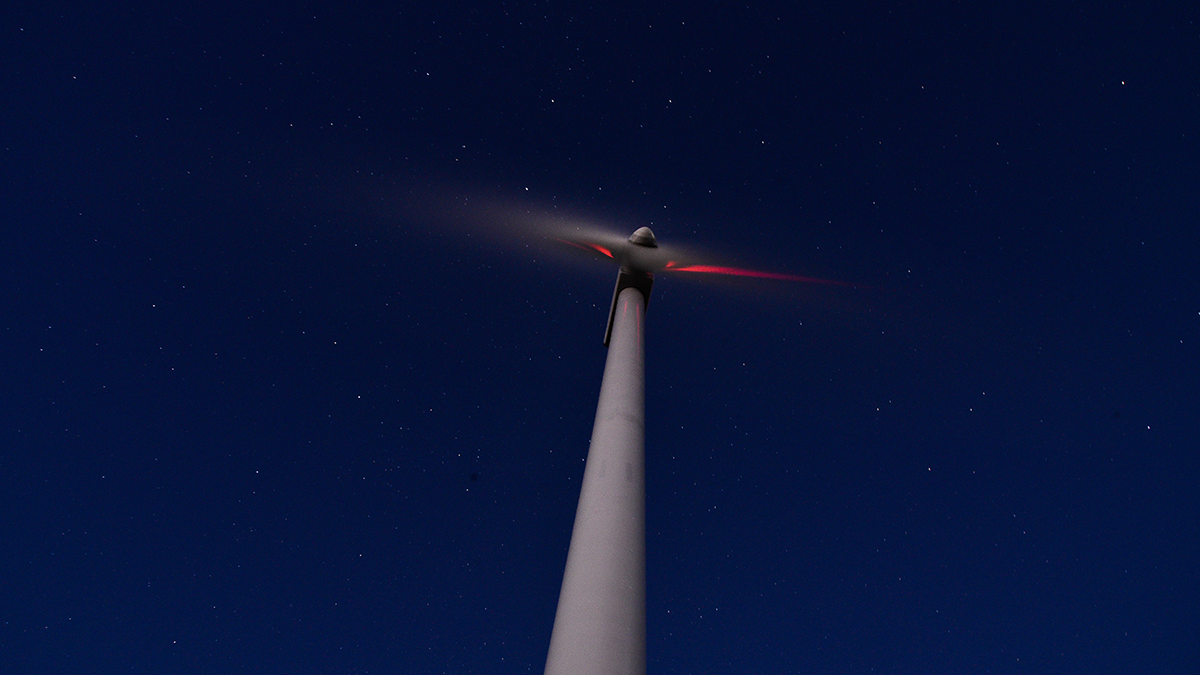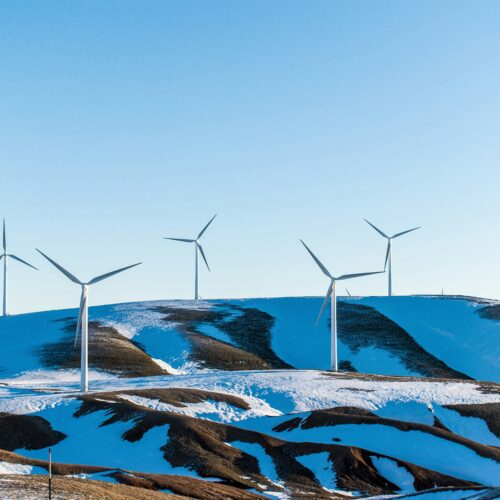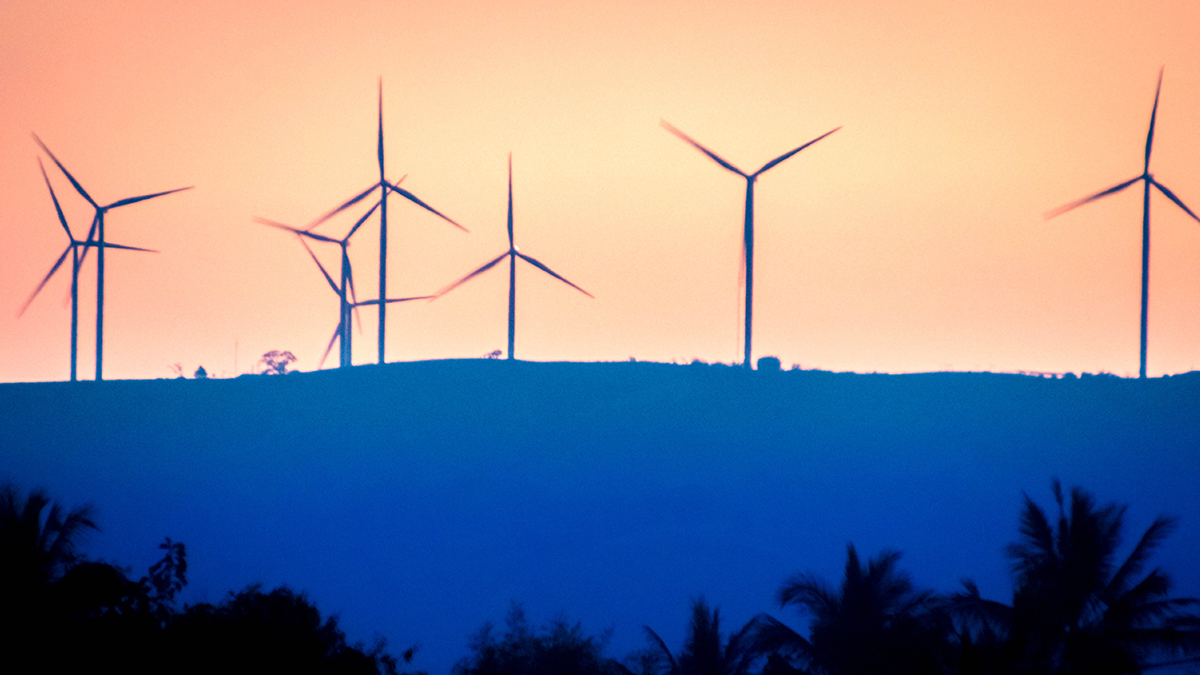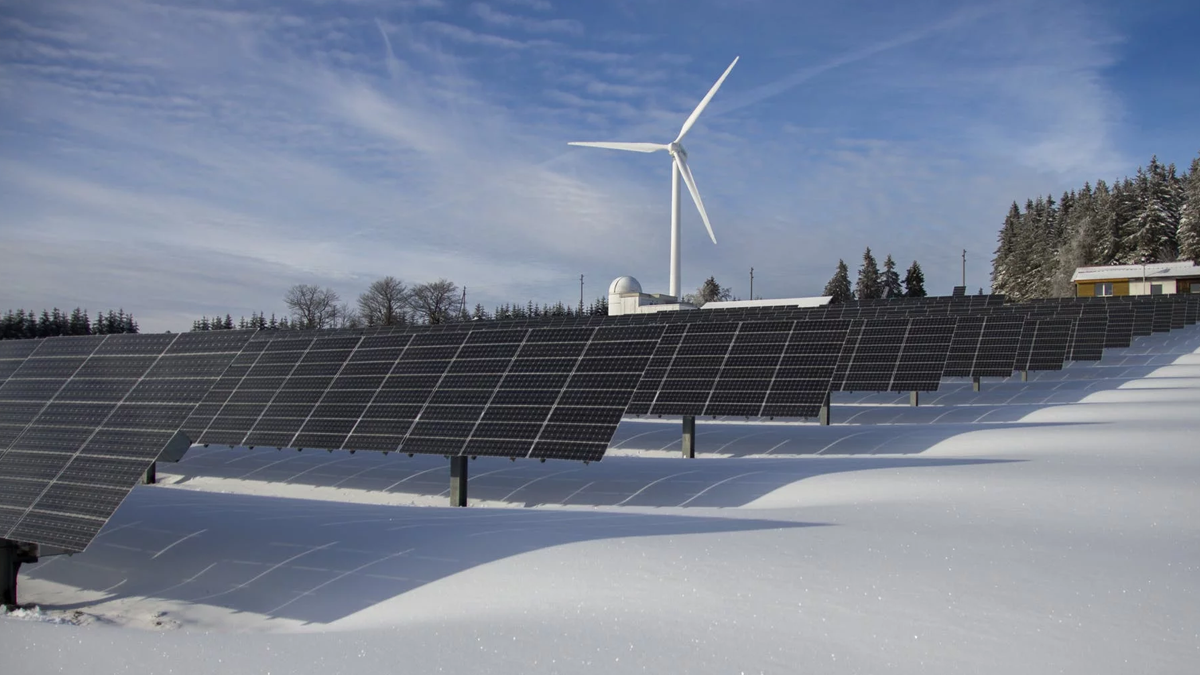Aerodynamics is the science and study of the physical laws of the behavior of objects in an air flow and the forces that are produced by air flows.
Different types of wind turbine blade
The front and rear sides of a wind turbine rotor blade have a shape roughly similar to that of a long rectangle, with the edges bounded by the leading edge, the trailing edge, the blade tip and the blade root. The blade root is bolted to the hub.
The radius of the blade is the distance from the rotor shaft to the outer edge of the blade tip. Some wind turbine blades have moveable blade tips as air brakes, and one can often see the distinct line separating the blade tip component from the blade itself.
If a blade were sawn in half, one would see that the cross section has a streamlined asymmetrical shape, with the flattest side facing the oncoming air flow or wind. This shape is called the blades aerodynamic profile
THE AERODYNAMIC PROFILE
The shape of the aerodynamic profile is decisive for blade performance. Even minor alterations in the shape of the profile can greatly alter the power curve and noise level. Therefore a blade designer does not merely sit down and outline the shape when designing a new blade. The shape must be chosen with great care on the basis of past experience. For this reason blade profiles were previously chosen from a widely used catalogue of airfoil profiles developed in wind tunnel research by NACA (The United States National Advisory Committee for Aeronautics) around the time of the Second World War.
Blade profiles
The NACA 44 series profiles were used on older Bonus wind turbines (up to and including the 95 kW models).
This profile was developed during the 1930’s, and has good all-round properties, giving a good power curve and a good stall. The blade is tolerant of minor surface imperfections, such as dirt on the blade profile surface.
The LM blades used on newer Bonus wind turbines (from the 150 kW models) use the NACA 63 profiles developed during the 1940’s. These have slightly different properties than the NACA 44 series. The power curve is better in the low and medium wind speed ranges, but drops under operation at higher wind speeds. Likewise this profile is more sensitive with regard to surface dirt. This is not so important in Denmark, but in certain climate zones with little rain, accumulated dirt, grime and insect deposits may impair and reduce performance for longer periods.
The LM 19 blades, specifically developed for wind turbines, used on the Bonus 500 kW, have completely new aerodynamic profiles and are therefore not found in the NACA catalogue.These blades were developed in a joint LM and Bonus research project some years ago, and further developed and wind tunnel tested by FFA (The Aerodynamic Research Institute of The Swedish Ministry of Defence).




